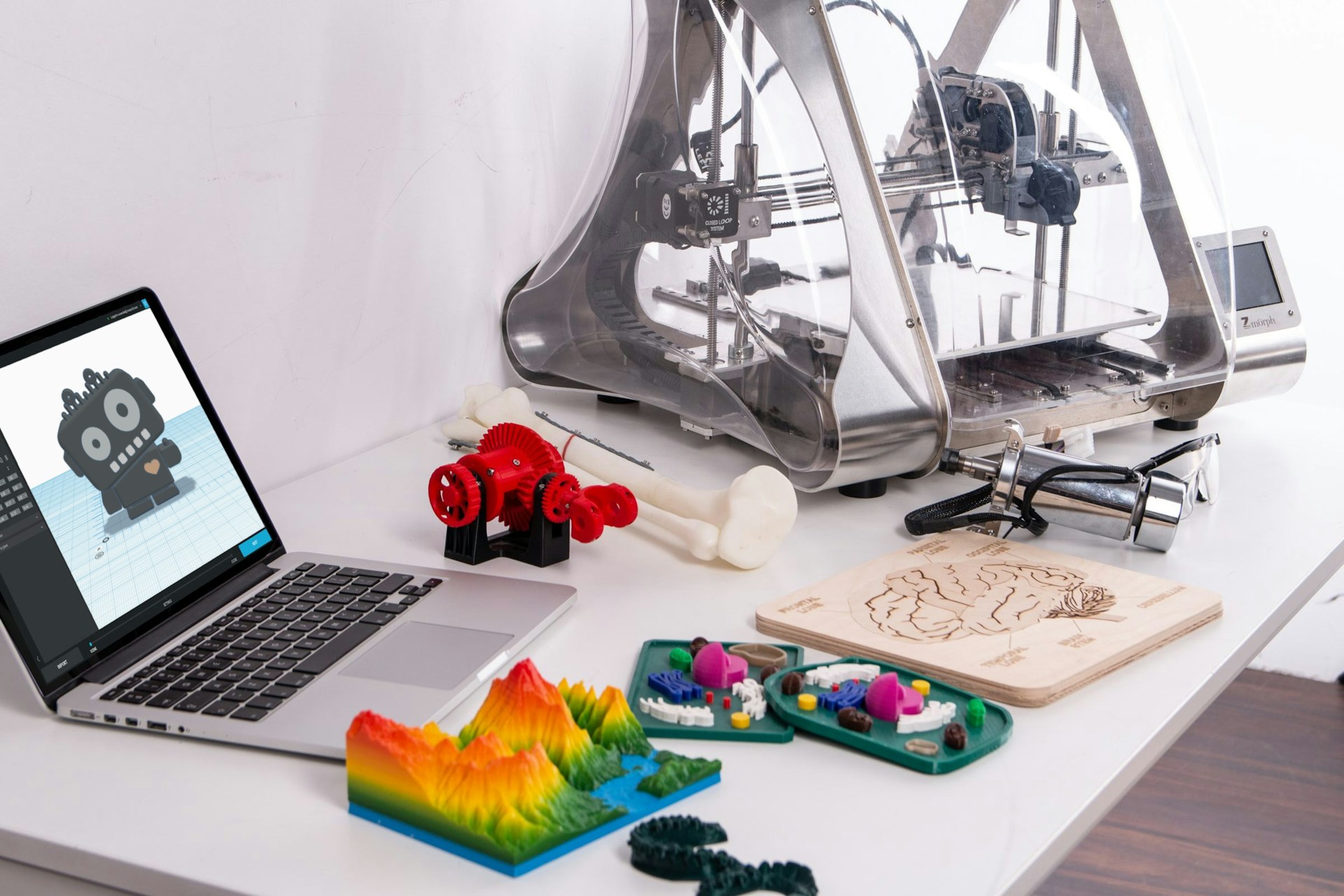Faster, Cheaper, Stronger:
3D Printing and the Future of Home Construction
In recent years, the housing industry has witnessed an extraordinary transformation with the advent of 3D printing technology. Once considered a futuristic concept, 3D-printed homes are now a reality, offering a revolutionary approach to home construction. Traditional building methods, which often require months or even years to complete a home, are being challenged by the efficiency and speed of 3D printing. This technology has the potential to produce homes in a matter of days, drastically reducing labor costs and material waste. As housing demands continue to rise, particularly in areas like the Hudson Valley, where real estate is highly sought after, 3D printing may provide a viable solution for affordable and sustainable housing options.

The fundamental appeal of 3D-printed homes lies in their ability to be constructed with precision and minimal material usage. Unlike conventional building methods that require extensive manpower and raw materials, 3D printing uses a layer-by-layer approach, depositing concrete or other sustainable materials exactly where needed. This not only speeds up the construction process but also minimizes excess waste, making it an environmentally friendly alternative. With the rising costs of labor and materials, homebuyers and sellers alike are beginning to explore the benefits of this cutting-edge technology.
Economic Benefits and Affordability
One of the most compelling aspects of 3D printing in home construction is its potential to significantly lower costs. Traditional homes come with high expenses, including labor, transportation of materials, and extended construction timelines, all of which contribute to the final price of a home. With 3D printing, these costs are reduced dramatically. Automated printing systems require fewer workers, decreasing labor costs and eliminating many inefficiencies associated with traditional construction. Additionally, since materials are precisely extruded during the printing process, waste is minimized, further reducing costs.
For homeowners in the Hudson Valley planning to sell, the rise of 3D-printed homes is beginning to influence the local real estate landscape. As these innovative properties gain popularity for their affordability and sustainability, they may shift buyer preferences and impact the valuation of conventionally built homes. However, sellers with well-preserved or historically significant properties can still attract strong interest from those who value classic craftsmanship. Staying ahead of these evolving trends is essential. If you're looking for a seamless home-selling experience, Hudson Valley Cash Buyers makes navigating this changing market effortless.
Sustainability and Strength
Beyond affordability, 3D-printed homes offer exceptional durability and sustainability. Traditional wood-framed homes are susceptible to weather damage, termites, and general wear and tear over time. In contrast, 3D-printed homes, typically constructed using concrete or other composite materials, boast greater resilience. These homes can withstand extreme weather conditions, including hurricanes, earthquakes, and floods, making them an attractive option for buyers looking for longevity and reduced maintenance costs.
Sustainability is another major selling point. 3D printing significantly reduces the carbon footprint of home construction by minimizing material waste and utilizing eco-friendly resources. Many 3D-printed homes incorporate recycled materials or alternative compounds that have a lower environmental impact than conventional building materials. In a region like Hudson Valley, where there is growing interest in sustainable living and eco-conscious real estate, the introduction of 3D-printed homes could drive demand for greener housing solutions. As the market shifts toward environmentally responsible choices, sellers may need to highlight sustainable features in their homes to remain competitive.
Implications for the Hudson Valley Real Estate Market
The increasing presence of 3D-printed homes in the housing market may have a significant impact on home values, buyer preferences, and overall real estate trends in the Hudson Valley. As more buyers recognize the advantages of 3D-printed homes such as affordability, durability, and energy efficiency demand for these properties is likely to rise. This shift could create a divide in the market, where buyers are faced with the choice between modern, high-tech homes and traditional properties with historical and aesthetic appeal.
For sellers, this evolution presents both challenges and opportunities. Those selling traditional homes may need to enhance their properties with modern features or energy-efficient upgrades to compete with newer 3D-printed alternatives. On the other hand, buyers who appreciate craftsmanship, architectural details, and established neighborhoods may still seek out conventionally built homes, ensuring continued demand in certain segments of the market. Understanding these trends and adjusting pricing, marketing strategies, and home improvements accordingly can help sellers successfully navigate the changing real estate landscape.
The Future of Home Selling in a 3D-Printed World
As 3D printing technology advances and gains widespread adoption, it is poised to reshape the housing market in profound ways. With the ability to construct homes quickly, cost-effectively, and sustainably, this innovation has the potential to address housing shortages, reduce environmental impact, and redefine affordability. For sellers in the Hudson Valley, staying ahead of these trends will be crucial in making informed decisions about pricing, renovations, and marketing strategies.
Ultimately, while 3D-printed homes present exciting opportunities, they are unlikely to completely replace traditional housing in the foreseeable future. Instead, they will likely complement the existing market, offering buyers and sellers more choices than ever before. By understanding how this technology fits into the broader real estate landscape, sellers can position themselves for success, ensuring their properties remain desirable in an era of rapid technological advancement.
Published 3/13/25